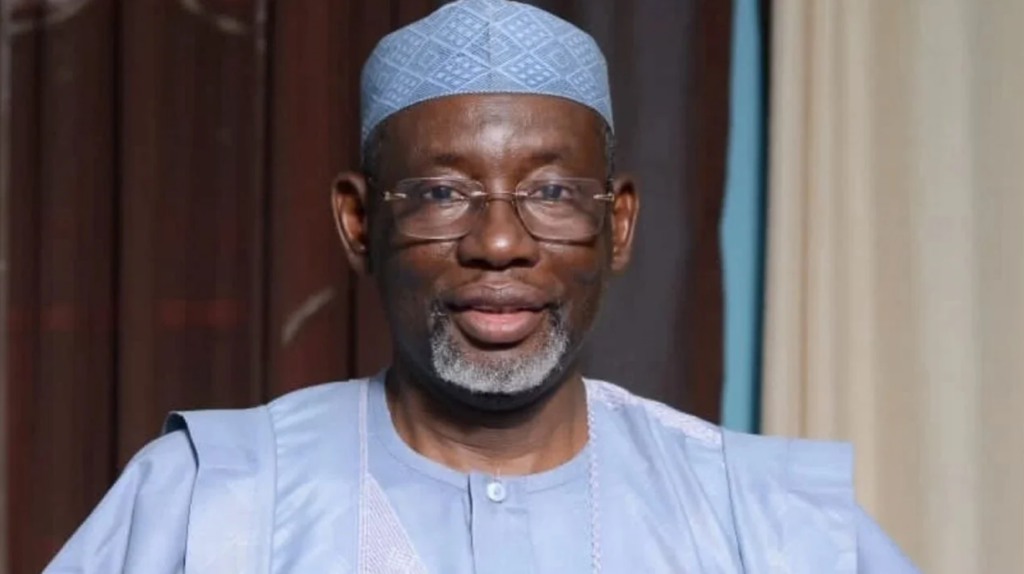The Jigawa State government has launched a N2.9 billion initiative to upgrade 30 healthcare centres across the state, aimed at enhancing healthcare delivery and accessibility in rural communities.
Governor Umar Namadi inaugurated the Primary Healthcare Centres (PHCs) Revitalisation project on Tuesday at Sakwaya community in Dutse Local Government Area.
He announced that the project would upgrade PHCs across the state’s 30 constituencies, providing a conducive environment for 24-hour service delivery.
The healthcare revitalisation project
“Today, we are laying the foundation for the revitalisation of 30 PHCs in our rural communities.”
“This is a comprehensive optimisation project that includes fencing the facilities, installing solar-powered water schemes, and solar electricity,” Namadi said.
“We are also constructing staff quarters to provide suitable accommodation for all frontline health workers in these facilities.”
The governor emphasized that the aim is to fortify these facilities, ensuring they are well-equipped to deliver continuous healthcare services regardless of their remote locations.
The revitalisation projects are expected to be completed within two years, with the state government collaborating with development partners to facilitate the rehabilitation of healthcare facilities across all 287 wards in the state.
Additionally, the government has recruited 900 primary healthcare workers and 200 secondary healthcare clinical staff, with plans to engage 1,000 ad hoc health workers to bolster service delivery.
“No matter how good a health facility looks, optimum services cannot be provided without the necessary health workers to deliver those services,” Namadi stated.
What you should know
The governor also appointed several Special Assistants, Advisers, and monitors to ensure effective monitoring and assessment of healthcare investments across communities.
- This measure aims to ensure that service delivery meets the expectations and needs of the people.
- Mohammed Kainuwa, the Commissioner for Health, revealed that the state government had reviewed the law establishing the Primary Healthcare Development Agency to address equity issues in the distribution of PHC staff at the council level.
- This is intended to ensure that every PHC has the requisite number of staff for optimal service delivery.
- Kainuwa added that the state government has provided N1.5 billion in equity funding for 143,500 of the most vulnerable individuals, addressing equity in access to primary healthcare services.
“The beneficiaries are not currently benefiting from any social protection program into its social insurance,” he noted.
- Furthermore, Kainuwa announced that the state government has finalized plans to establish new General Hospitals in Ringim and Kafinhausa, upgrade the College of Health Science in Jahun and the Psychiatric Hospital in Kazaure, and set up a new Diagnostic/Cardiac Center in Dutse.
